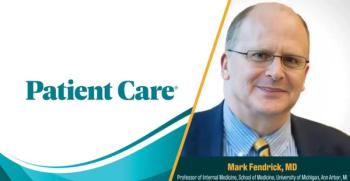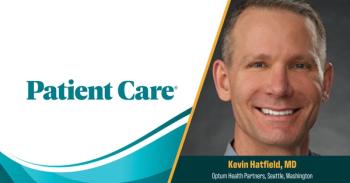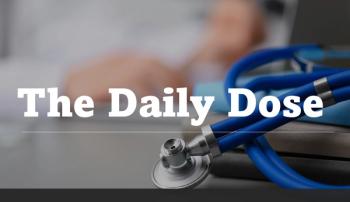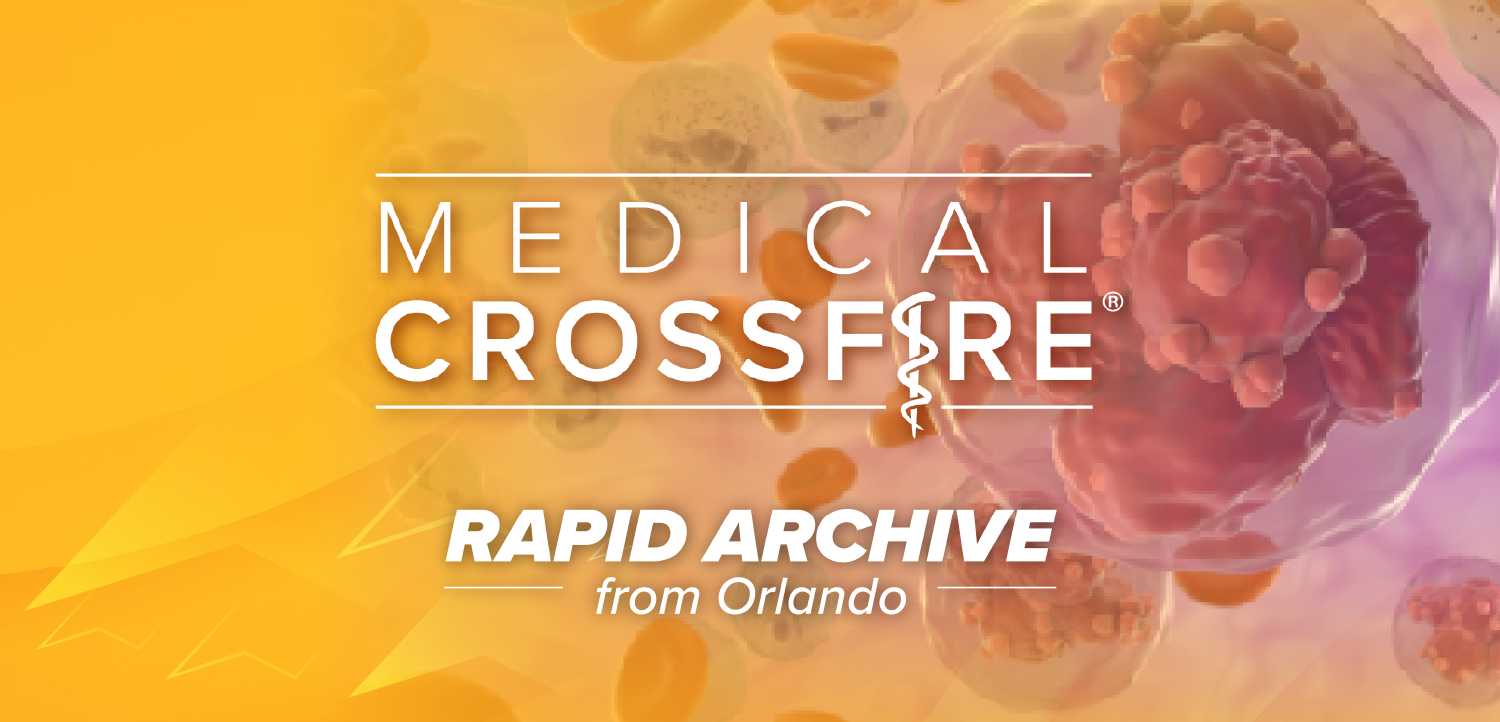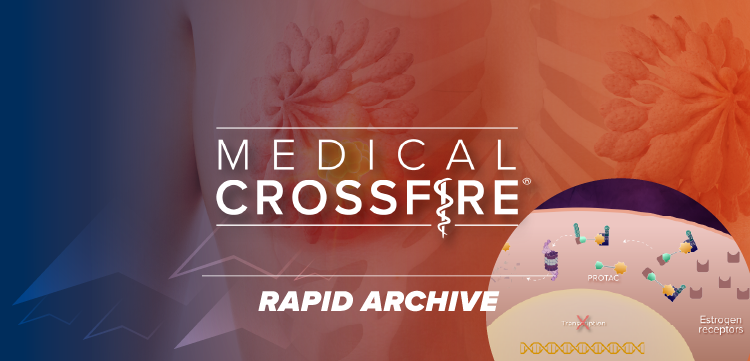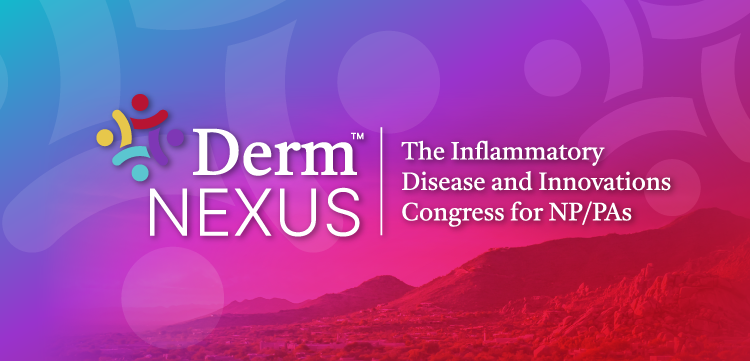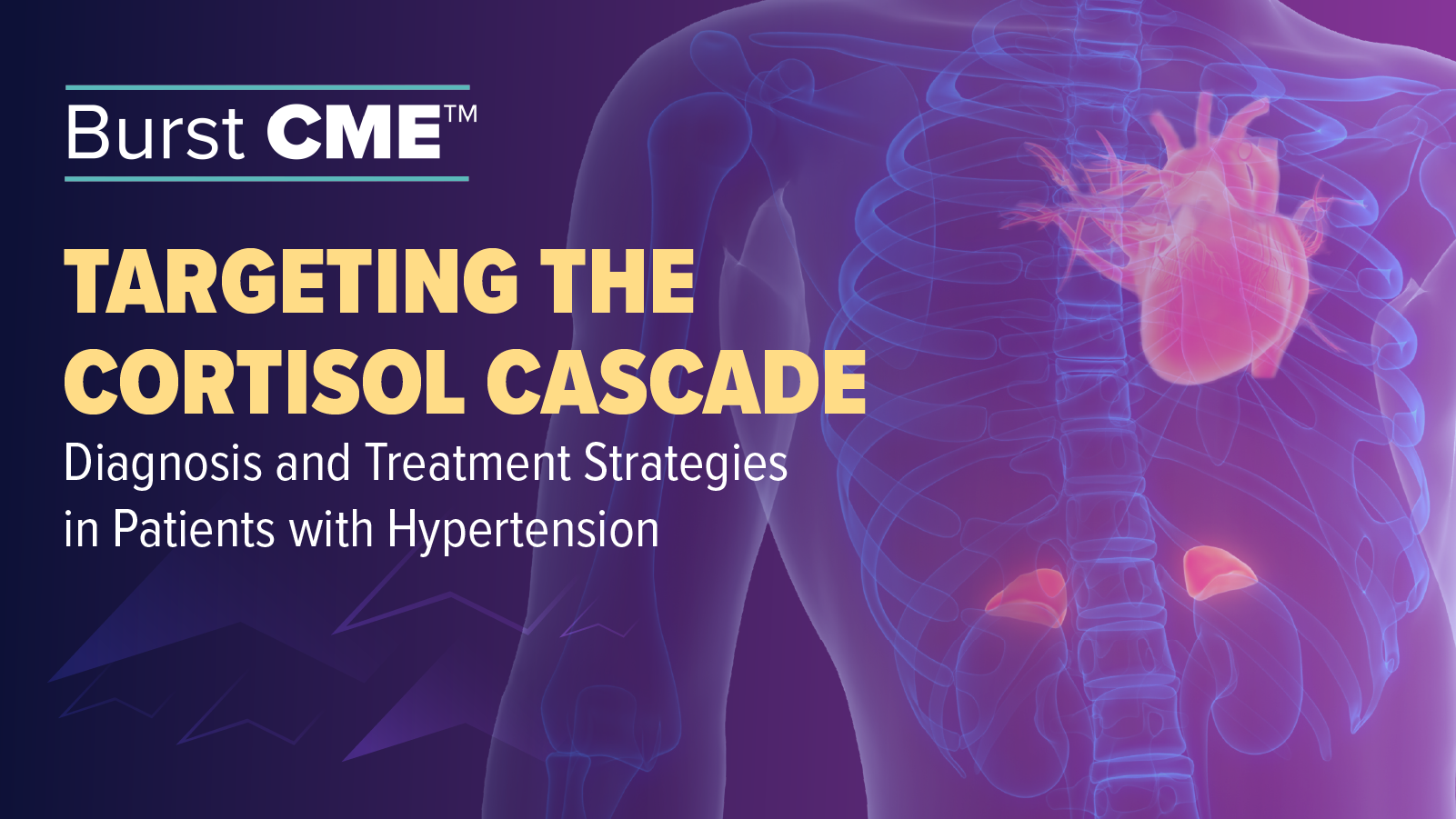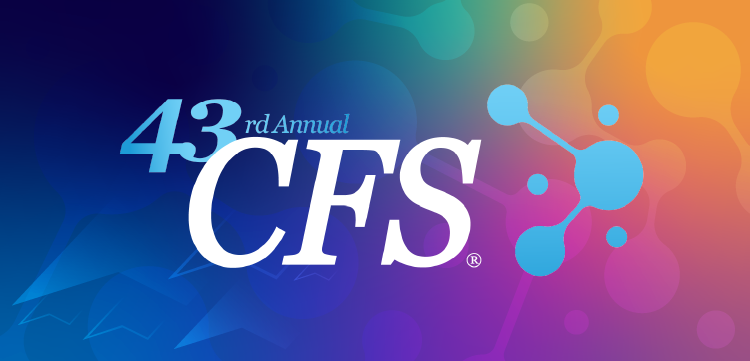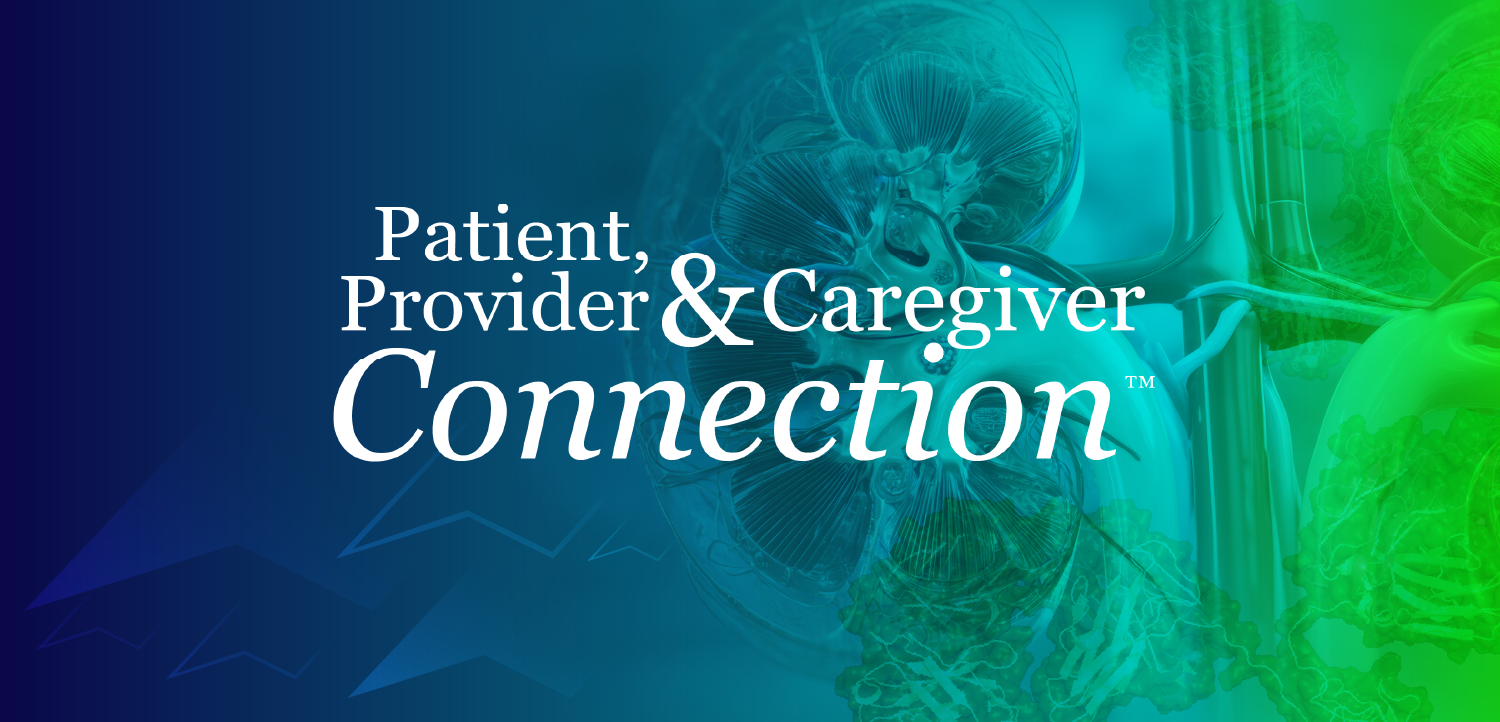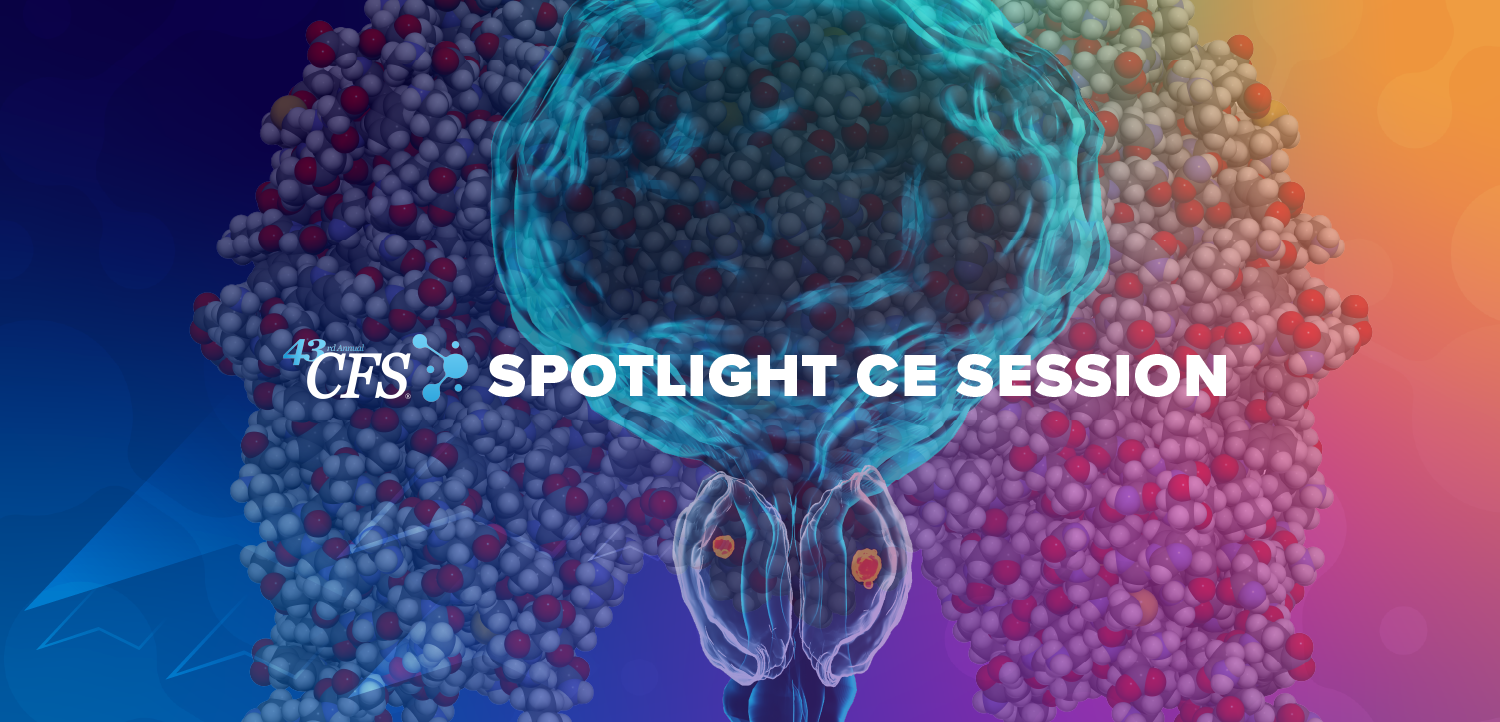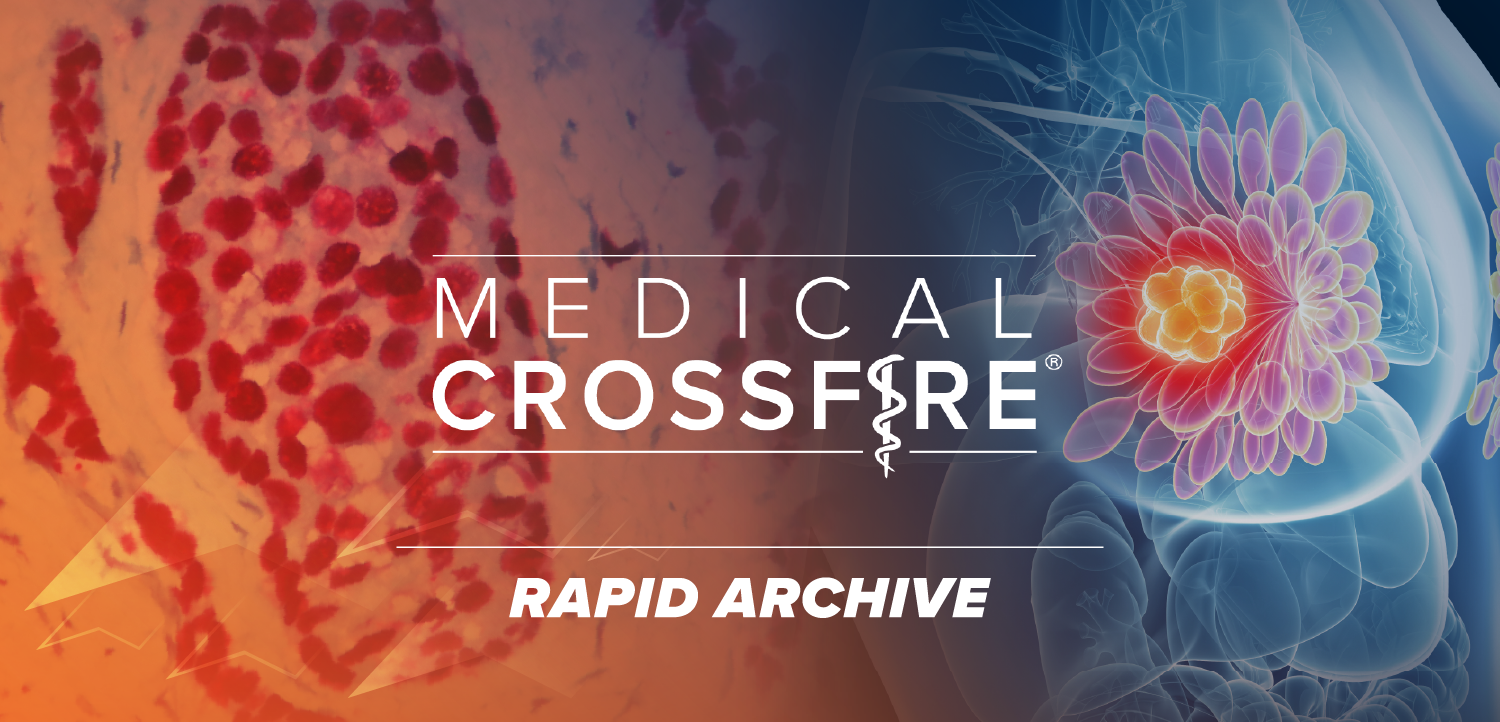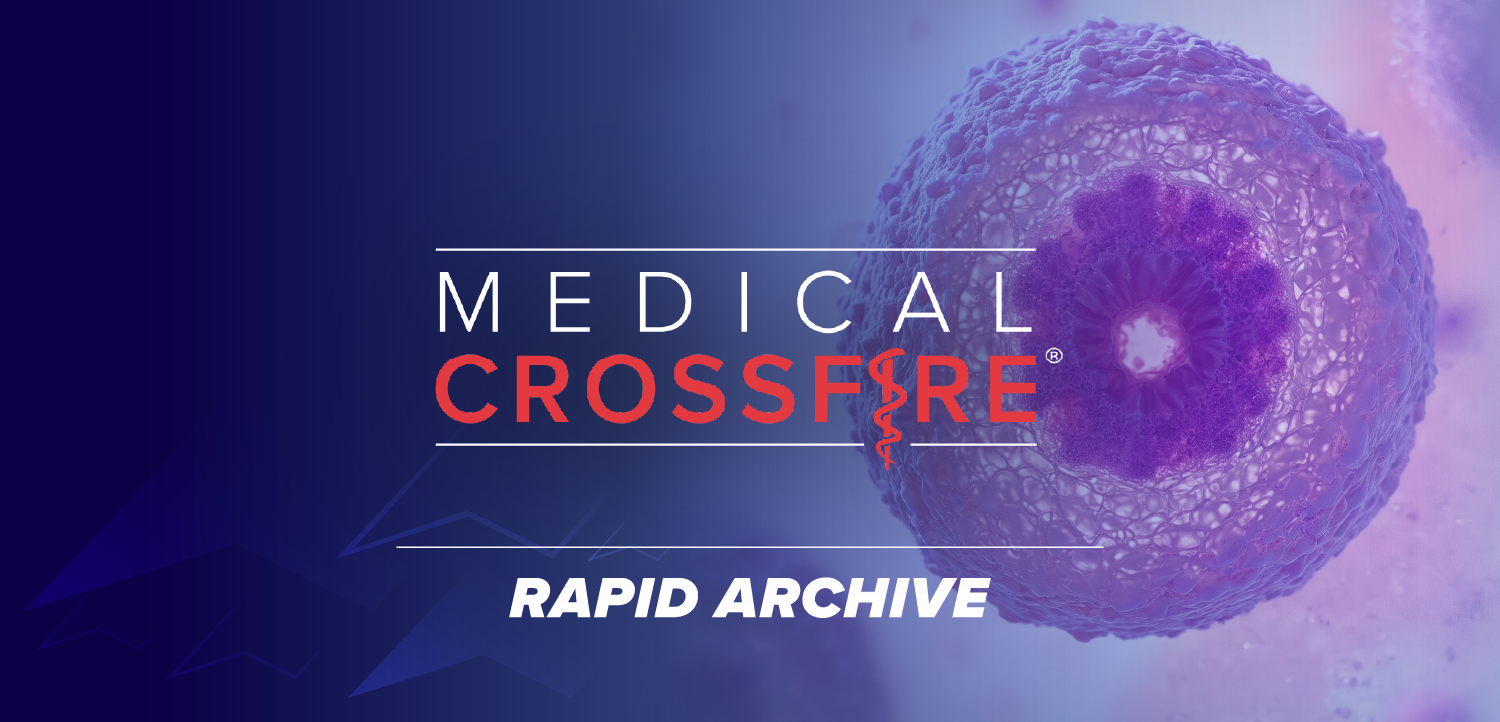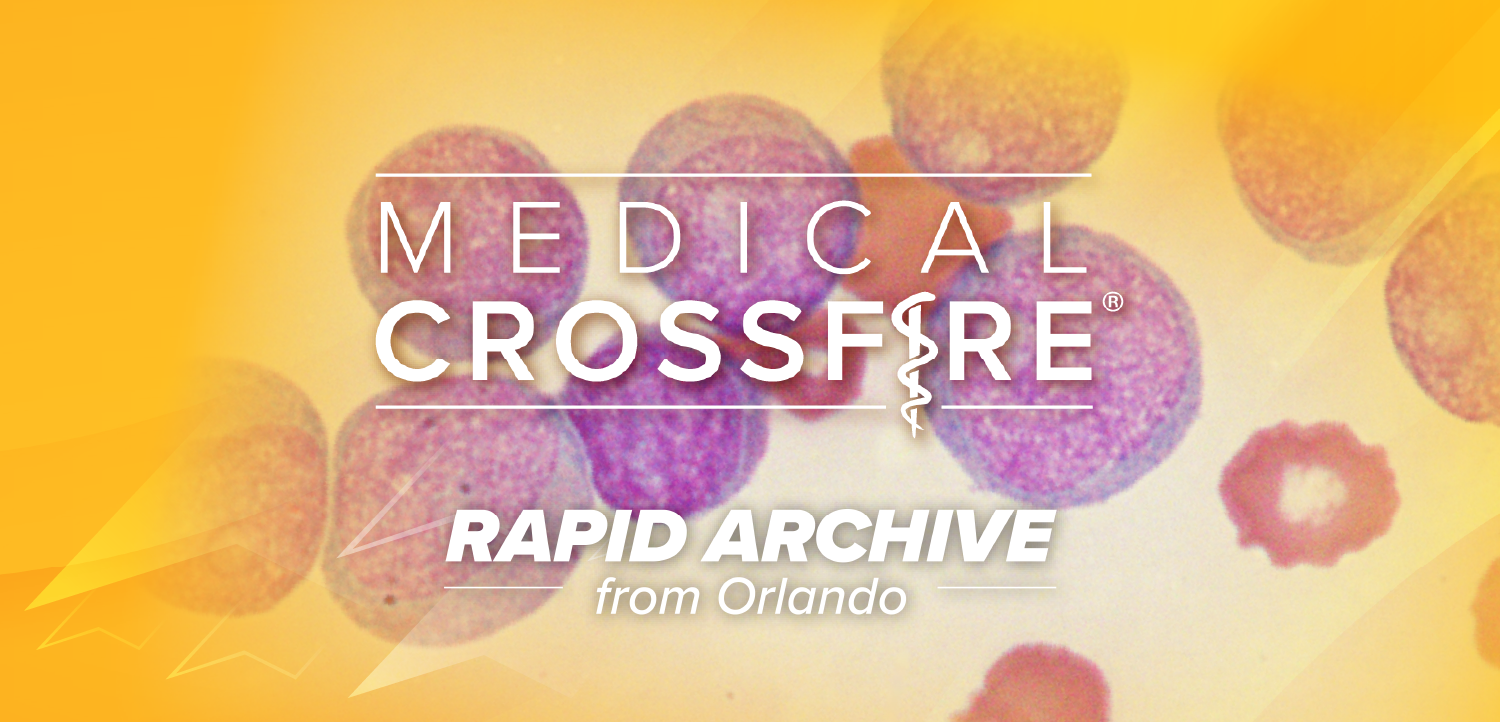
Social Media and Medicine: A Winning Combination
Dr Farris Timimi, Assistant Professor of Medicine at the Mayo Clinic and Medical Director of the Mayo Clinic Center for Social Media, discusses the potential of social media to change the landscape of clinical practice.
The dissemination of medical information online in real time has forever changed the relationship between today's physician and patient. The idea that accurate and meaningful information can only flow in one direction is now extinct.
How can physicians take advantage of social media (SM)-in the form of online forums, microblogs (eg, Twitter), video, blogs, social networks, and podcasts1-as an opportunity to engage with patients and improve their care?
Here to discuss is Dr Farris Timimi, Assistant Professor of Medicine at the Mayo Clinic and Medical Director of the
Social Media in Medicine
Take home points
• SM is an opportunity for physicians to change community outcomes and improve patient care
• Because the 3 most common online activities include internet search, e-mail, and searching for health care information, physicians are obligated to put reliable health care information in the path of the patient
• SM is a logical extension of clinical practice, research, and education
• Content curation and content creation have “profound value” to patients and caregiver, so it is incumbent upon physicians to develop and review their organizational SM policy guide1
Reference
1. Timimi FK. Medicine, morality and health care. BMC Med. 2012;10:83.
Newsletter
Enhance your clinical practice with the Patient Care newsletter, offering the latest evidence-based guidelines, diagnostic insights, and treatment strategies for primary care physicians.

